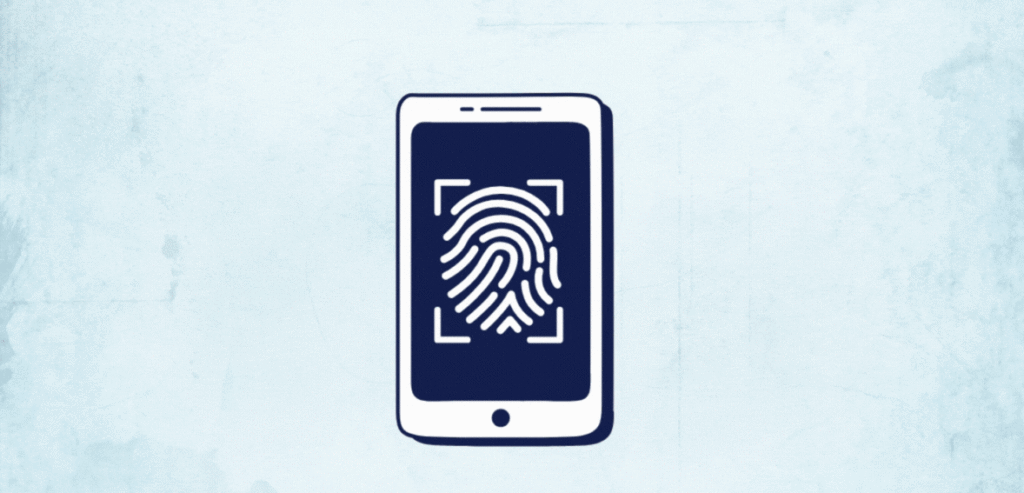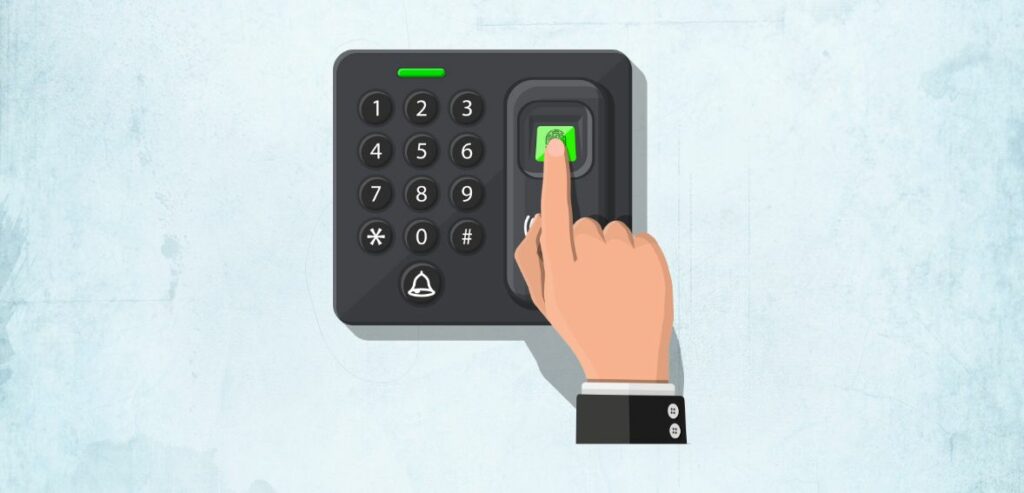Could the next emerging payment method be associated with your fingerprint? In a recent six-month trial, a grocery store chain in France gave their customers the choice of signing up for a voluntary program to test the technology. The pilot program ran from October 2012 through March 2013 and saw more than 900 participants. The results are encouraging and soon, you might be paying with your fingerprint.
Those that chose to participate carried a payment card that had their fingerprint data stored on it and the terminal had a special add-on where the finger was inserted to be read. When customers were ready to pay they simply presented their card and inserted a finger into the reader, where either the actual fingerprint ridges or veins in the fingertip were read.

In effect, the fingerprint data is the authentication method replacing the user entering a PIN number via a PIN pad. A recent, separate study of almost 2,200 shoppers showed that almost 50% of consumers were interested in biometric payment methods. Compared to just 30% and 23% in favor of contactless smartphone payment and text message payment methods respectively. Examples of biometric payments include fingerprint, palm, and iris scanners.
The 900 participants tallied a total of close to 5,000 transactions, which was considered to be a very good adoption rate. The average transaction amount was around €60, or about $78 USD. In a survey after the trial, 94% of the consumers who took part said they were open to the idea of paying with your fingerprint method for all in-store transactions.
It is interesting to see that the general public is open to this idea as a new form of paying for purchases. When the 24 Hour Fitness chain of fitness centers installed fingerprint readers as a way to speed up the check-in process of members, some were skeptical about whether the public would be open to this technology. Over three years later the company still utilizes the readers to speed up check-in and also increase validation of member usage.
While this one study seemed like a success, there aren’t any signs that you will be seeing in your local grocery store stateside anytime soon though. If you are a business owner looking for the latest in payment processing technology or would just simply like a free, no-strings-attached statement analysis to see if you are truly getting the best rate possible, one of our payment experts is here to help. Contact us today at 877-517-4678 or simply fill out our quick signup form and we will be in contact with you.
Paying With Your Fingerprint – Benefits of Using Fingerprint Authentication

- Enhanced Security; Fingerprint recognition is widely regarded as a form of authentication. Since each fingerprint is unique it significantly hinders individuals from gaining access to your payment information.
- Convenience; Opting for fingerprint-based payments often proves convenient compared to methods like entering PINs or passwords. It saves time. Requires effort on the users part.
- Preventing Fraud; Fingerprint authentication adds a layer of security effectively reducing the risk of fraud associated with stolen payment cards. With fingerprints being unique to each individual it becomes significantly harder for someone to misuse your payment information.
- User Friendly Approach; Fingerprint authentication prioritizes user friendliness, particularly benefiting individuals who may struggle with remembering passwords or PINs. It simplifies the payment process. Ensures accessibility for a range of users.
- Swift Transactions; The speed of fingerprint authentication enables transactions, which proves advantageous in time-sensitive scenarios such, as retail stores, public transportation, or online purchases.
- Reduced Reliance, on Physical Cards; Fingerprint payments offer the advantage of reducing our dependence on payment cards. This is particularly useful in situations where carrying cards may be inconvenient or pose a risk.
- Enhanced Security with Multi-factor Authentication; Fingerprint recognition can be combined with authentication methods creating a multi-factor authentication system that boosts overall security.
- ** Encryption of Biometric Data**; Fingerprint authentication systems employ secure encryption techniques to safeguard biometric data. This ensures that stored fingerprint information is not easily compromised.
- ** Experience**; Fingerprint payment methods can be tailored to users providing a more personalized and user-centric experience. This personalization extends beyond security encompassing preferences and settings well.
- Effortless Contactless Transactions; Fingerprint payments seamlessly integrate into contactless payment systems enabling users to make transactions without touching a payment terminal or card.
Drawbacks Of Fingerprint Authentication

While there are advantages, to using fingerprint payment systems it’s important to consider the drawbacks;
- Privacy Concerns; The storage and usage of data like fingerprints raises privacy concerns. People may worry about the security of their information and how it could potentially be misused.
- Security Risks; Although fingerprints are unique to individuals they aren’t completely immune to being copied or forged. Sophisticated attackers might find ways to replicate fingerprints, which raises concerns about the security of this authentication method.
- False Positives and Negatives; Fingerprint recognition systems aren’t flawless. Can sometimes produce positives (wrongly authenticating someone) or false negatives (failing to recognize the correct person). These errors can create security issues and affect user experience.
- Accessibility Challenges; Certain individuals may face difficulties with fingerprint authentication due to factors like aging, injuries, or specific medical conditions that affect the quality of their fingerprints. This limitation can impact the inclusivity of fingerprint-based payment systems.
- Cost of Implementation; Implementing fingerprint payment systems can be expensive, for both businesses and consumers alike. It involves hardware and software requirements. Upgrading existing infrastructure can be a costly process.
- Reliance, on External Factors; The effectiveness of fingerprint recognition can be influenced by factors such as dirt, moisture, or finger injuries. These external elements have the potential to affect the accuracy and reliability of the authentication process.
- Lack of Standardization; Different fingerprint payment systems may lack uniformity in their implementation and compatibility which could pose challenges for adoption.
- Legal and Regulatory Challenges; Laws and regulations regarding the collection and usage of data may vary across regions and countries. Complying with these regulations can be complex for businesses operating in jurisdictions.
- Inherent Irreversibility; Unlike passwords or PINs that can be changed if compromised fingerprints are permanent. Cannot be easily altered. In case of a breach in a fingerprint database, the compromised biometric information cannot be “reset” like a password.
- Cultural and Social Factors; Acceptance of fingerprint payment methods may vary across cultures and societies due to personal reasons that make some people uncomfortable, with using their fingerprints for financial transactions.
To overcome these limitations it is essential for companies and developers to incorporate security measures to give importance to user privacy and guarantee that fingerprint payment systems are easy to use and accessible, to a wide range of people.
Conclusion
While the advantages are noteworthy it’s crucial to consider drawbacks such as privacy concerns, the necessity for security measures to protect biometric data and the possibility of false positives or negatives in fingerprint recognition systems. Striking the balance, between convenience and security is vital when developing and adopting fingerprint payment technologies.

